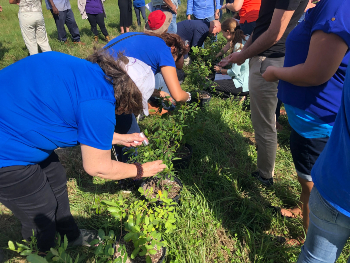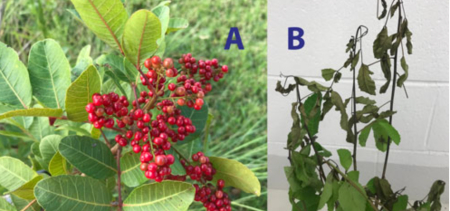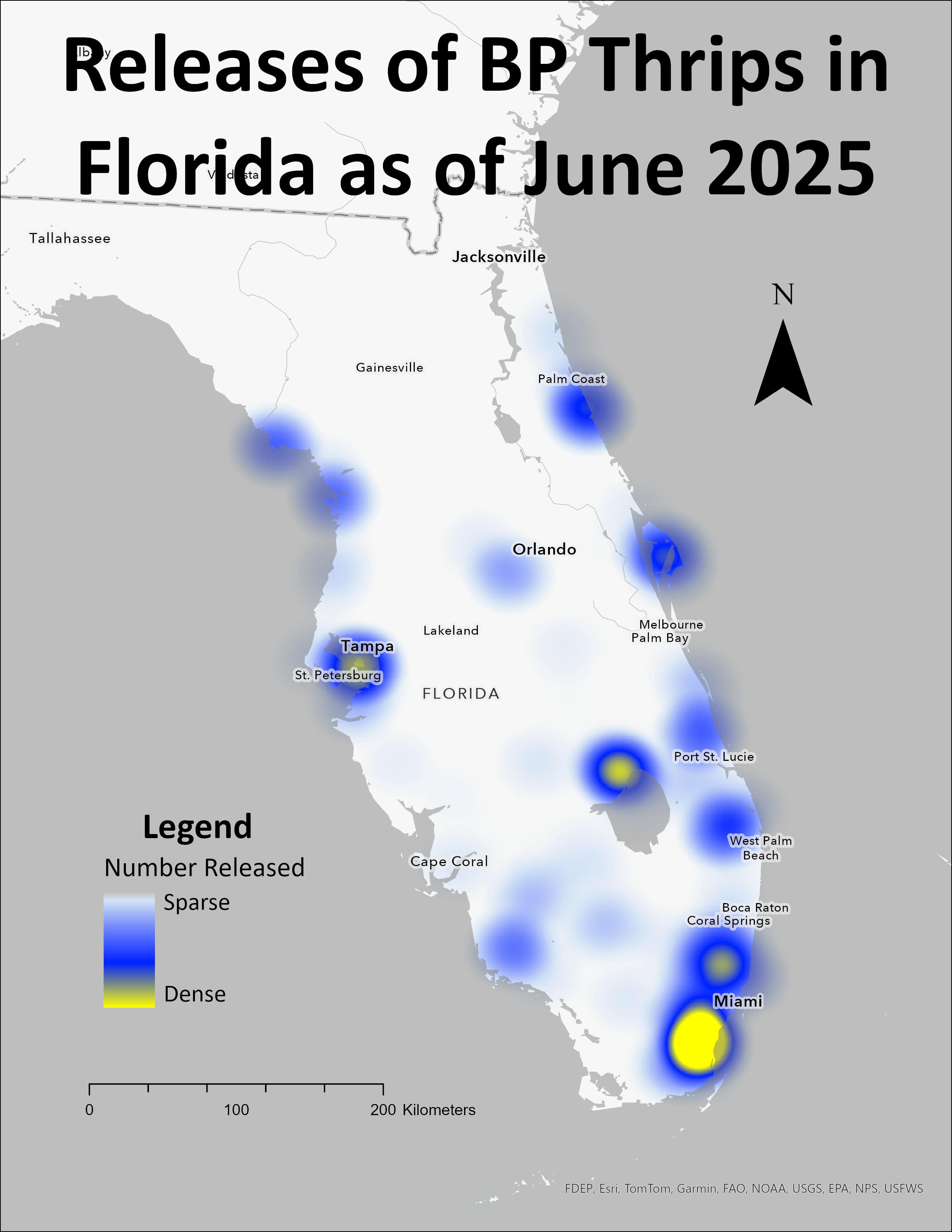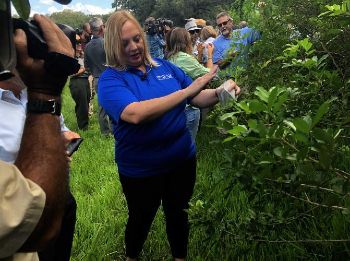Brazilian Peppertree
The biological control program for Brazilian peppertree (Schinus terebinthifolia) launched distributions of biological control agents, to control the state's most serious invasive plant. Four candidate biological control agents are currently under study at the UF/IFAS Norman C. Hayslip Biological Control Research and Containment Laboratory:
- Pseudophilothrips ichini (Thysanoptera: Phlaeothripidae)
- Calophya latiforceps
- Calophya terebinthifolii
- Calophya lutea (Hemiptera: Calophyidae)
Release permits for C. latiforceps and P. ichini were issued in June 2019. Host range testing of the other two agents is complete (manuscript in review). Biological studies for the remaining Calophya spp. will continue once healthy colonies are received from Brazil.
- Learn More About UF/IFAS Brazilian Peppertree Research
- View a map of Brazilian pepper thrips release sites throughout Florida
Invasive Plant Biological Control Program
Scientists have determined that the best way to control Brazilian peppertree is through biological control. This method eliminates the need for expensive, mechanical control, and toxic chemicals. Brazilian pepper thrips have already been released at parks and private ranches. Researchers have observed that the Brazilian pepper thrips have begun to impact Brazilian peppertrees.


Image (A) shows Brazilian peppertree before the introduction of thrips. Image (B) was taken after thrips were introduced. | Image: UF/IFAS Department of Entomology and Nematology









